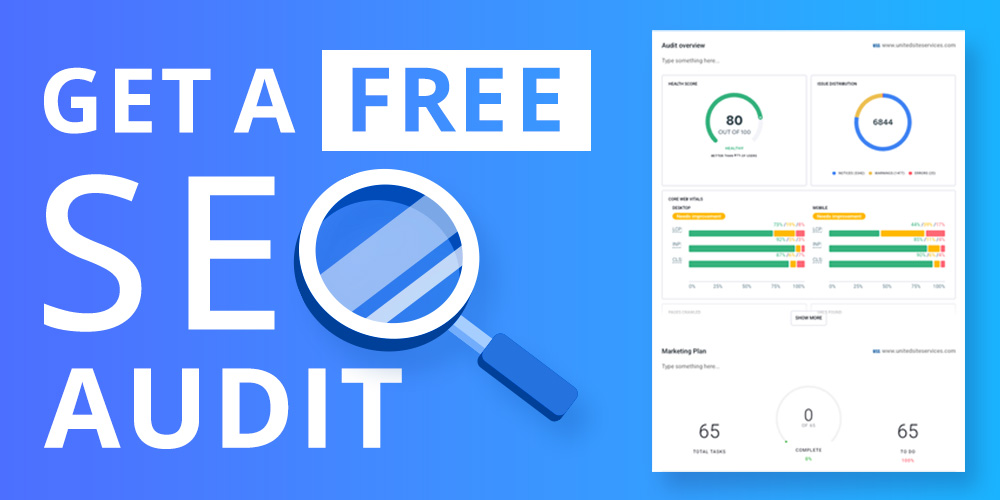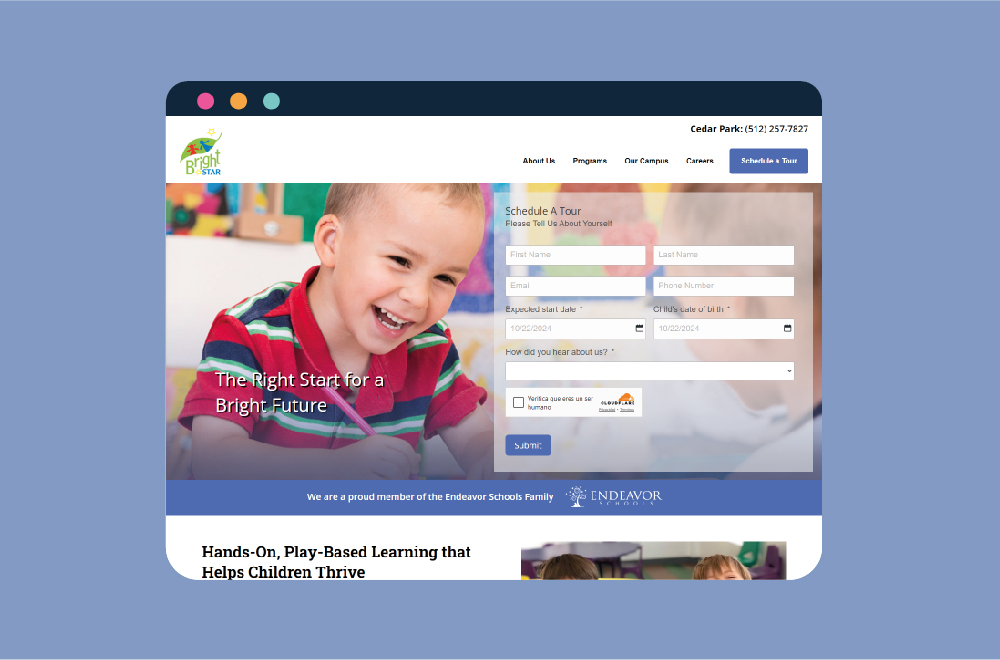


Unless you’re immersed in the world of social media, it can be difficult to understand how significantly it can impact your WordPress site traffic. There are a lot of social sites you can choose from to promote your content and connect with the people you care about. But each social network has its unique strengths, so you have to be informed to know how best to invest your time and efforts.
Before we jump into the characteristics of helpful social networks, it’s critical to consider these points:
Now that you know that you have some important decisions to make regarding the social media you spend your time on let’s break down the characteristics of four of the most effective social networks.
Facebook is a no-brainer when it comes to generating website traffic. There’s over one-seventh of the world’s population actively using Facebook each month (1.86 billion to be exact). So there’s no excuse when it comes to using Facebook for promoting your business.
But a lot of businesses, especially back in 2014 or so, made the mistake of equating likes with growth. There used to be a push for companies to incentivize people to like their page. Since then, Facebook has banned that practice to make likes more meaningful.
Just because you might have earned all your Facebook likes, be it only 10 or 10,000, doesn’t mean you’re getting more traffic to your WordPress site.
It doesn’t take much effort to click the like button, and even if somebody took the extra step to click one of the other reaction options, although it’s a slightly more insightful response, it’s still not very meaningful. The metrics to pay attention to that are a better indication of community growth are the ones that pertain to engagement:
These provide real insight into what your brand is offering for its audience. When people take the time to engage with the content you’re promoting on Facebook; it’s because they think it deserves their time. The key to increasing this type of engagement is by not only providing valuable and varied content but by getting that content out in front of the right people.
Facebook ads offer an incredible way to strategically target your buyer persona that’s (literally) a thousand times more targeted than traditional advertising and at a relatively low cost. You can get super specific in your targeting— as broad as age and gender and as narrow as people with a particular net worth.
And though you’re paying to get more engagement, you’re still getting this engagement organically. So you can be assured your metrics are still a meaningful representation of your community’s growth.
Instagram isn’t just about posting pretty photos with cool filters and slapping on some hashtags. It gives users the ability to create a story with their visual content in ways that words cannot. And that means something compelling for brands that value community.
When users can connect with your story, they’re engaging with the movement of your brand. That goes far and beyond your products or services.
It’s worth noting that Instagram has more than 600 million active users every day, and a total of 3.5 billion photo likes every day. That puts its engagement numbers higher than even Facebook’s. It’s an awful lot of both qualitative and quantitative potential that you just cannot ignore if you’re trying to create scalable website traffic.
It’s helpful to think of yourself more as a storyteller on this platform, using all interactive media fronts. IG stories, Instagram Live, regular posts— they should all be included in your Instagram strategy as long as they are relevant and offer some value.
You can always provide additional value by captioning your posts with some stellar content.
And don’t forget about hashtags! You can add up to 30 on Instagram.
One more tip: put your website link in your bio. If you shorten the URL to your site with a resource like Goo.gl, you can track how many clicks you get from Instagram.
Video is an essential medium in 2017, and it’s only becoming more popular. YouTube is sometimes dismissed as just a video library and overlooked as a platform for building a community.
YouTube is a very visual platform, like Instagram, but there’s an added advantage in the fact that Google owns YouTube. Video makes up 62% of all Google searches. And that’s not surprising when you think about how much value you can pack into a video.
If you can establish trust through video marketing campaigns, you’re on the path to tapping into that e-commerce traffic. Not only will it create more significant opportunities for your e-commerce, but YouTube also promotes a unique kind of community. Users that engage with your content on YouTube will be doing so because they are entertained, interested, curious, or inspired.
And it’s just that much easier to drive traffic to your site when you can get people to bond over content where you are transparent.
However, like with any social network, you don’t want just to use YouTube for self-promotion.
With video, you have to know your stuff or people will see right through you. Provide some real value, and you give them a reason to trust you. This will help you attract new leads while moving them to take action. Don’t neglect YouTube as a viable option for community growth!
Many people are moving away from Twitter as networks like Instagram that cater to more visuals become more appealing. But Twitter has 328 million monthly active users (Statista, 2017). Although this platform limits you to 140 characters per tweet, it’s still proven to be great for connecting with customers.
Because of the necessity for brevity on Twitter, it has become an excellent platform for headlines and one-liners which can quickly go viral— whether good or bad.
This is a great platform for customer feedback. So if you want to connect with your customers and level with them, this is a great platform to link into.
For international businesses and organizations, Twitter is a great option due to the demographics who use it. Currently, of the 328 million monthly active users, 260 million of those active users live outside of the US (Statista, 2017). This makes it a handy resource for connecting with international communities and therefore driving global traffic to your site.
You should be using at least one of these four platforms to seriously be building your brand community and ultimately drive traffic to your site. Your primary objective with any of these social networks should always be to put value in front of the right people. If you’re not doing that, then your social efforts are really for naught.
Identify which of these platforms will work best for your buyer persona and lean in. Commit to forming relationships on these platforms.

"*" indicates required fields

"*" indicates required fields

"*" indicates required fields
You must be logged in to post a comment.





